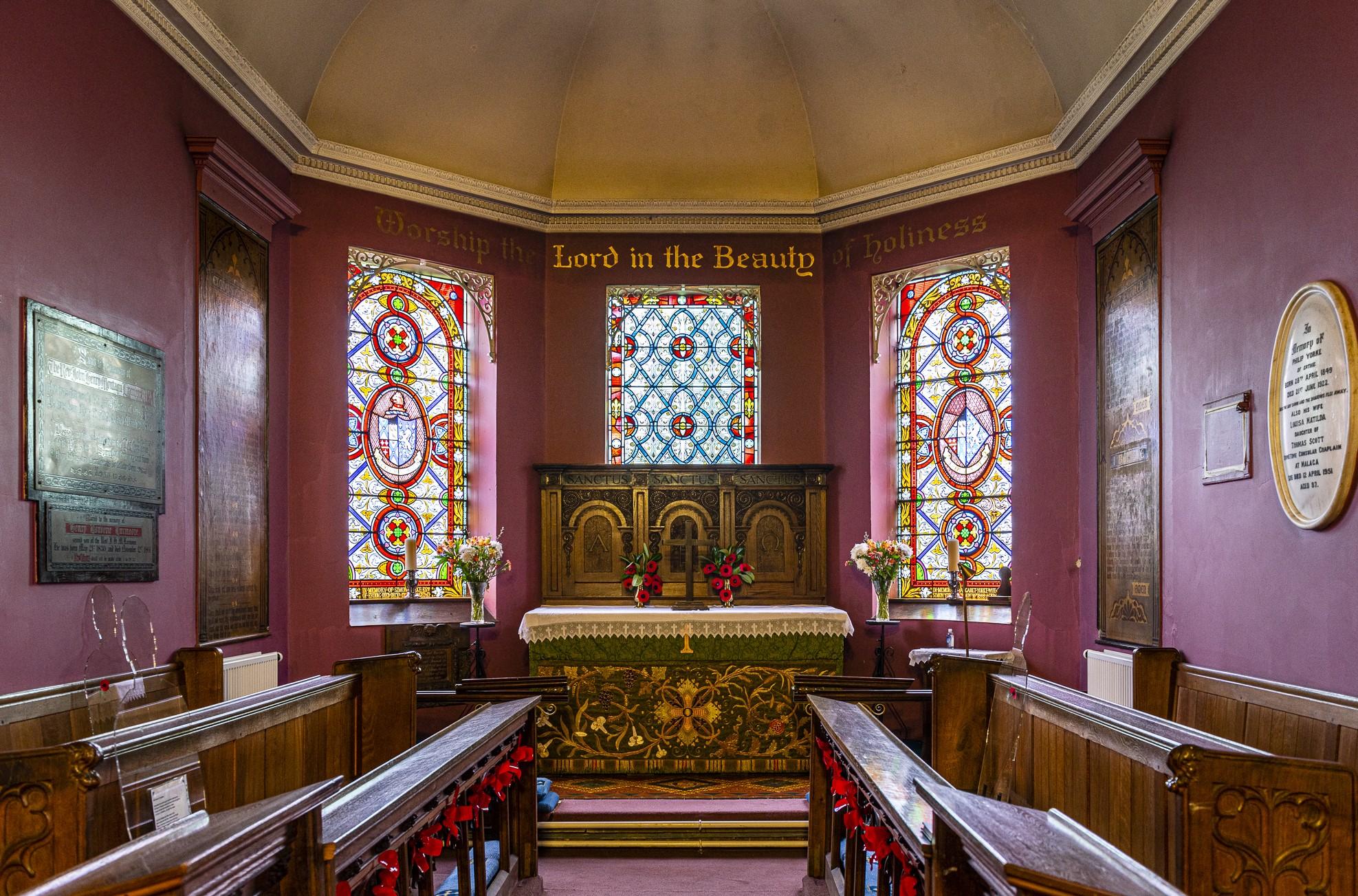St Giles
Wrexham, Wrexham
Surely Wrexham's greatest landmark!

St Deiniol & St Marcella is a well preserved Georgian building with close ties to the Yorke family of Erddig Hall, bequeathed to the National Trust by the late Philip Yorke lll, last of the family line.
Marchwiel, Wrexham
The church has stood on this site for more than 1000 years since the days of Celtic Christianity known then as Deiniol’s Chapel, an outpost of the monastery at Bangor on Dee. It is not clear when the dedication to Saint Marcella took place The medieval church is recorded in 13th century taxation records. It was rebuilt during the Tudor period.
In 1773 when Philip York I was churchwarden, the church was rebuilt by William Worral, the stonemason who completed the West front of Erddig Hall, built in sandstone in the style inspired by Sir Christopher Wren. The nave and chancel were completed by 1774 and the tower added in 1789, the north transept in 1829 and the tower clock installed in 1892. It is Grade II listed.
The interior retains the air of sophisticated, yet unpretentious elegance typical of the Georgian period. The Yorkes of Erddig were closely associated with the church. Almost the entire south wall is taken up with Yorke family memorials (sculptured by famous names such as Richard Westmacott, Sheermaker and William Tyler R.A.) It includes one to the last Squire, Philip Yorke III. Of particular note is the centre window, dating from 1778, showing the Yorke heraldic emblems. The family crypt lies under the church floor, the entrance surrounded by metal railings outside on the south wall. Other deceased Yorke family members lie in the church yard marked by a huge sandstone Celtic Cross.
The pipe organ was presented to the church in 1888 by the widow of Benjamin Piercy of Marchwiel Hall. It was completely restored in 2011. The church clock was made by Joyce and Co. of Whitchurch in 1892, refurbished in 2015. The oak box pews were replaced with pitch pine in 1923 when the Yorke box Pew was delivered to the chapel in Erddig Hall. In 1930 the distinctive peal of eight bells was installed to replace the single existing one, refurbished in 2010. A framed description of the bells hangs at the back of the church.
Outside in the church yard there are seats and gardens and hard surface pathways with areas of spring flowers and interesting memorials.
Inside the church there are leaflets for adults and children available, to take away, providing a tour of the main features of the church and information on the history of the church.
Wrexham, Wrexham
Surely Wrexham's greatest landmark!
Wrexsam, Wrexham
Built in the early 1980s our chapel is a multi-purpose building serving our community in the centre of Wrexham.
Wrexham, Wrexham
Chester Street is one of the oldest Baptist fellowships in Britain, we can trace our history back to the 1630s.